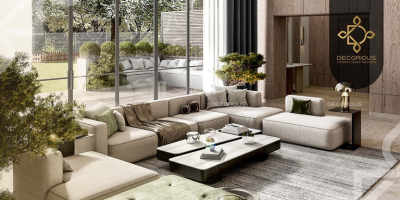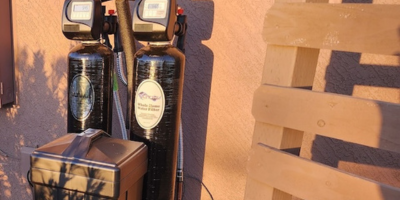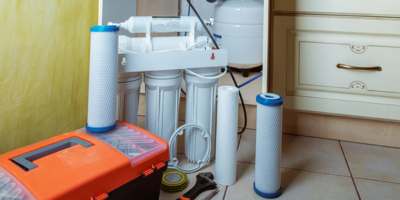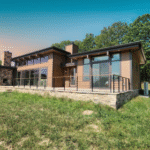There’s something deeply personal about walking into a home and immediately feeling like it belongs to someone—not just because their furniture is there, but because every corner, color, and curve whispers who they are. Good interior design doesn’t just make a space look great—it makes it live well. It should breathe with your rhythms, welcome your habits, and evolve with your lifestyle.
But let’s be honest. The journey from blank walls and mismatched chairs to a beautifully curated, livable home isn’t always as effortless as Pinterest makes it seem. That’s where professionals step in—not just to beautify, but to listen first.
It All Starts with a Conversation
Before any swatches are pulled or walls are knocked down, there’s one essential ingredient: understanding. A seasoned designer won’t just ask what colors you like or what your budget is. They’ll want to know how you live—do you host weekly family dinners? Do your kids leave toys everywhere? Do you work from the dining table half the time?
A good design consultation feels more like a collaborative chat than a transaction. It’s a time to daydream out loud, to confess what’s not working in your current space, and to uncover what “home” really means to you. This conversation is the compass. The visual magic happens after the direction is clear.
The Unsung Art of Flow
Here’s the thing about aesthetics—they mean little if your space doesn’t work. You could have the trendiest finishes and most luxurious pieces, but if your living room layout makes it impossible to navigate around your coffee table, or if you can’t open your kitchen cabinets without bumping into someone, something’s off.
That’s why space planning is one of the most important (and often underrated) parts of interior design. It’s not just about where the couch goes. It’s about creating a natural flow of movement and purpose within your home. Think of it like choreography—how you move from the kitchen to the dining room, how sunlight hits your reading chair at 4 p.m., how your guests naturally gather in that cozy corner during get-togethers.
When a room is planned well, you don’t just see the difference. You feel it in how easily you settle in.
Beyond Paint and Pillows: Real Renovation Stories
Now, let’s talk transformation—not just in terms of looks, but in experience. A true home renovation isn’t about gutting everything just to follow a trend. It’s about creating a fresh canvas that supports your life better than before. And it can be messy, chaotic, and expensive—but also deeply rewarding.
One family I worked with had a charming 1940s bungalow that hadn’t been touched since shag carpets were in style. The bones were great, but the kitchen was practically unusable, the bathroom was tiny, and the closets barely held a week’s worth of clothes. We didn’t bulldoze their history—we respected it. We kept the archways and original hardwood, but knocked down a few walls to open up the kitchen, built clever storage into unused nooks, and carved out a second bathroom in what used to be a large laundry space.
Their home didn’t just look better—it functioned like a dream. Mornings got less stressful, dinner parties became a joy, and the space finally rose to meet the needs of a growing family.
That’s the power of intentional design. Not flashy. Not rushed. Just… right.
Trust the Process (Even When It Feels Like Chaos)
Designing or redesigning your home isn’t always linear. You’ll hit snags. You’ll second-guess the navy tiles you swore were perfect. Your furniture might arrive late. But here’s the truth: all that chaos is part of the creative rhythm. And with a trusted design partner who really gets you, you’re not just building a prettier space—you’re building a smarter, calmer, more “you” version of home.
So whether you’re tweaking one room or starting from scratch, give yourself permission to slow down. Observe your habits. Dream a little. Then let the professionals help you stitch those dreams into something you can live in—literally.
Final Thought
Interior design isn’t about keeping up with trends. It’s about honoring the way you live, and crafting a space that holds you in all your moods and moments. The best homes aren’t the ones with the most square footage or the fanciest finishes—they’re the ones where people feel most like themselves.










Leave a Reply
You must be logged in to post a comment.